Introduction: What Are Lower Abs and Why Do They Matter
When you hear “lower ab exercises” or “lower ab workouts”, you’re targeting the lower portion of your rectus abdominis, along with your transverse abdominis (TVA) and pelvic floor muscles. Developing strength here boosts core stability, supports posture, and helps prevent back pain. These foundational muscles play a role in everyday movement and athletic performance—plus, defined lower abs look great too. Whether you’re doing a lower ab workout for core strength, training for posture improvement, or working on pelvic floor health, learning how to activate these muscles correctly is the first vital step toward safer, more effective results.
How to Activate Your Core Muscles First
Before diving into any lower ab workout, begin with mindful breathwork and a posterior pelvic tilt to engage your TVA (transverse abdominis) and pelvic floor connection. Breathe in deeply, expanding your belly, then fully exhale to draw your belly button toward your spine, flattening the lower back into the floor—this helps wake up your lower abs
Try pre‑exercise activation drills such as lying ab contractions (gently tighten the lower tummy) and heel slides or dead bug movements to practice keeping the lower back pressed down while moving limbs slowly. These simple activation exercises prepare your core for safer, stronger lower ab exercises and reinforce the mind-muscle connection before every workout.
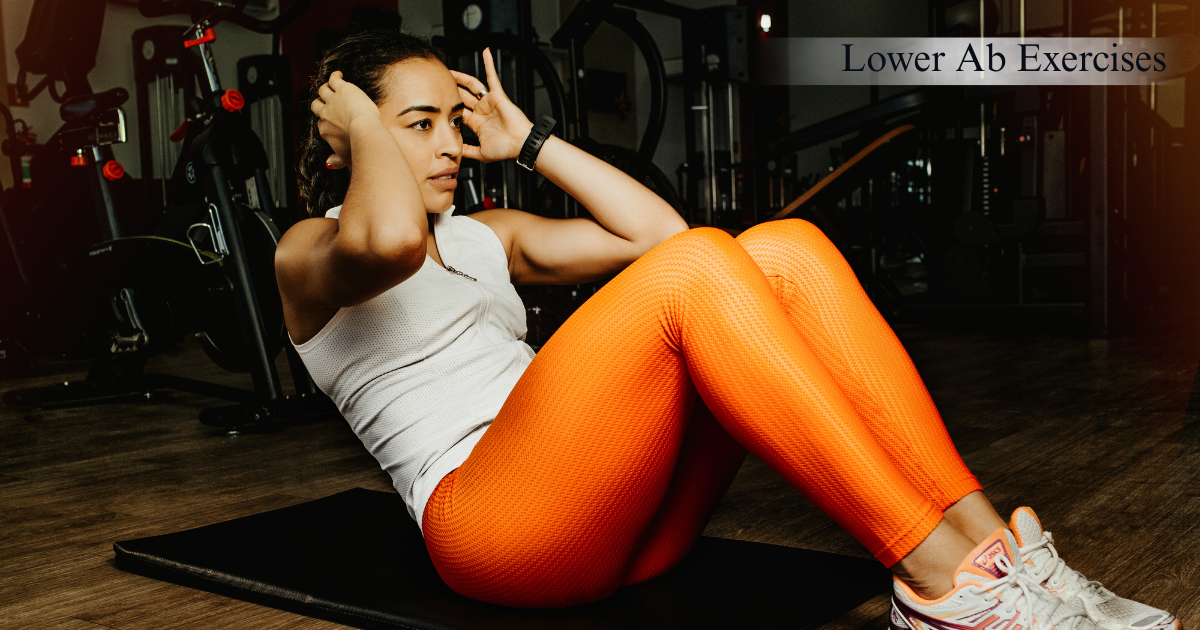
Top 10 Lower Ab Exercises (From Basic to Advanced)
Here are the best lower ab exercises and lower ab workouts—from beginner-friendly moves like ab contractions and leg drops to advanced power moves like dragon flag, hollow hold, and long lever plank:
- Ab contractions/leg drops: Lie on your back and draw your belly button toward your spine, then slowly lower straight legs (leg drops). Feel the burn in your lower abs as you control descent—great for beginners
- Reverse crunches, lying leg raises, flutter kicks, scissor kicks, single‑leg lifts: These dynamic moves focus on the lower portion of the rectus abdominis and engage the TVA and hip flexors for core stability and definition
- Advanced moves you may not have seen:
- Hollow hold (isometric core activation)—excellent for lower ab endurance and spinal stability.
- Dragon flag: an elite-level bodyweight move, popularized by Bruce Lee, requiring full-body tension and core control. Perfect for peak lower ab training once you’ve mastered regressions.
- Long lever plank: A deeper version of the plank where you reach hands forward, posterior tilt your hips, and extend your legs—loads more tension on the lower abs without weights.
These exercises build from basic lower ab exercises for core strength to challenging variations targeting transverse abdominis, pelvic floor, posture and athletic performance. Mix them into your routine for a thoroughly effective lower ab circuit.
Optional Equipment & Weighted Variations
If you want to level up your lower ab exercises, try these optional equipment and weighted variations for added resistance and core control:
- Weighted dead bug: Hold light dumbbells or plates while performing dead bug moves for increased lower ab and transverse abdominis activation, enhanced core stability, and reduced strain on the lower back.
- Pallof press: An anti-rotation exercise done with a cable or resistance band. It challenges the pelvic floor and TVA by resisting twisting, building full core strength without stressing the spine .
- Suitcase carry & farmer’s carry: Loaded carries that engage your lower ab muscles and obliques to maintain posture and resist lateral shifts. Great for functional strength and core endurance.
These weighted and carrying variations offer powerful ways to enhance your core training beyond bodyweight lower ab exercises.
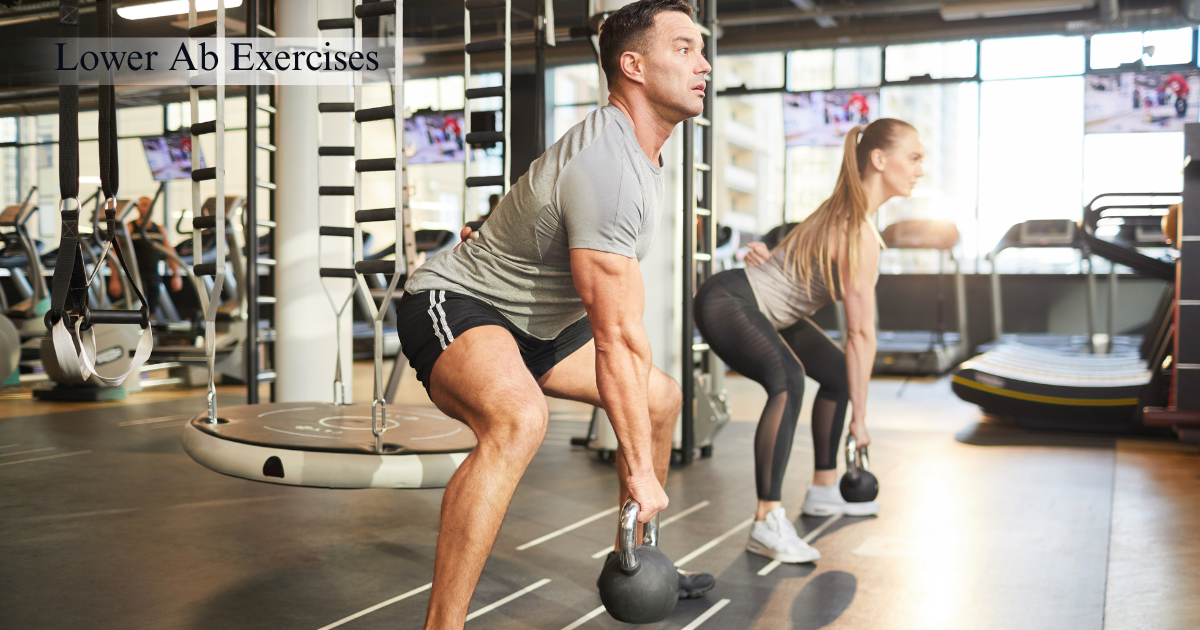
Standing & Functional Lower Ab Exercises 🏃♂️
Enhance your lower ab workouts with standing and functional lower ab exercises that strengthen your core in a more dynamic, balance-driven way:
- Woodchop Variations: Think diagonal swings like mimicking axe chops—these moves engage your abs, obliques, TVA, hips, legs, and shoulders while improving posture and rotational core strength. Functional, full-body, and calorie-burning.
- Standing Crunches: Instead of lying down, perform a standing crunch—lift your knee to your elbow while squeezing your abs. This works the lower abs and obliques, boosts balance, and improves posture when done with control. Add resistance bands or weights for added intensity.
- Single‑Leg Balance Lifts: Lift one leg while standing, maintaining a tall torso, engaging your core, hips, and lower abs for better stability and mind-muscle connection. Great for functional strength.
These standing core exercises help build real-world strength, balance, and lower ab definition—all while training your body to move smarter in daily life. Combine them 2–3 times a week for a functional lower ab workout routine that goes beyond the mat.
Modifications & Progressions by Level
No matter your fitness stage—beginner, intermediate, or advanced—there’s a version of lower ab exercises suited to you. Beginners should start with leg drops, ab contractions, or knee‑bent lying leg raises, focusing on TVA engagement while minimizing strain. Intermediates can progress to reverse crunches, flutter kicks, or scissor kicks. Advanced trainees can tackle dragon flag, hollow hold, or long lever plank. If you have mobility limitations or back issues, regress by reducing range of motion, slowing tempo, or using hands under your hips for support—expert‑recommended for low‑back safety and core activation balance.
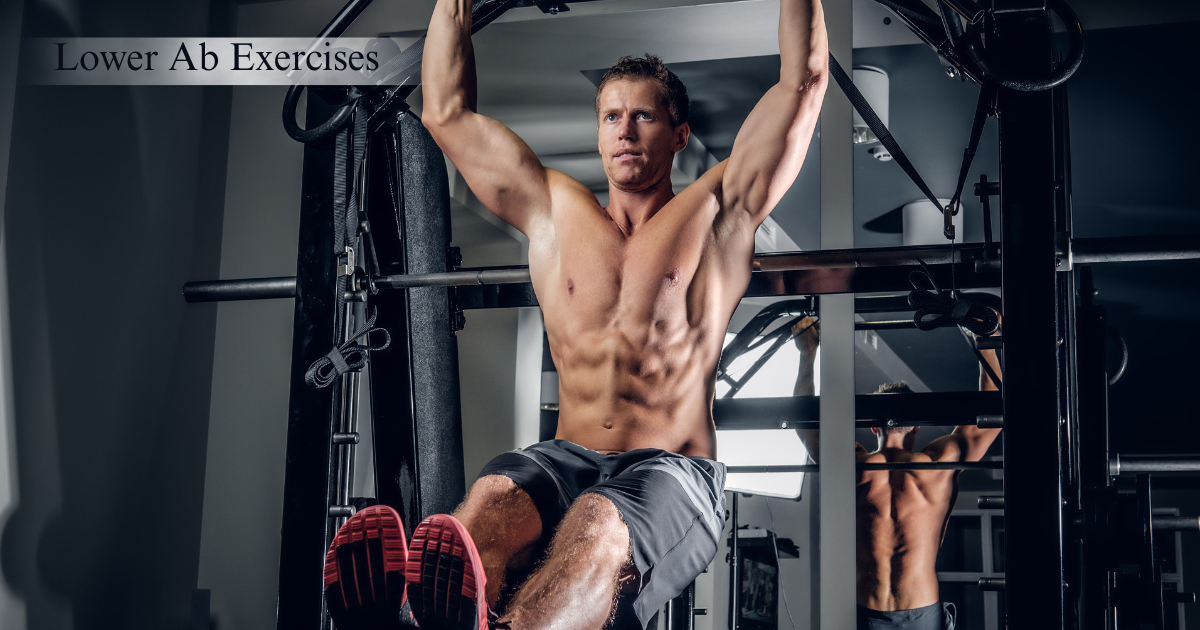
Common Form Mistakes & Injury Prevention
Avoid these frequent pitfalls when doing lower ab exercises: overusing your hip flexors, arching the lower back, jerky movement, or neck flexion. These form errors shift the work away from lower abs and TVA, risking injury and limiting effectiveness. To prevent issues, always warm up, stretch tight hip flexors, and brace your core with posterior pelvic tilt before each session. Focus on controlled, slow reps—quality > quantity—and train lower abs more frequently (e.g., 2–3× per week), rather than pushing through fatigue. These habits will protect your spine and ensure real core strength gains.
Programming & Routine Examples (by goal)
Try these routine templates for focused lower ab workouts based on your goal:
- Core Stability: 3–5 exercises (leg drops, ab contractions, Pallof press) × 3 sets × 12–15 reps; train 2–3× per week for better lower core strength and posture support.
- Strength Gain: 3 sets of harder moves (hollow hold, weighted dead bug, long lever plank), focus on slow tempo and form, 3× weekly or every other day to allow recovery.
- Aesthetic Definition: Mix bodyweight and advanced variations (flutter kicks, dragon flag, scissor kicks), 2–4 sessions weekly with full-body workout rest-days in between.
Combine these lower ab exercises with full-body strength or cardio sessions. Rest days are essential—quality over quantity ensures you build strength without overtraining.
Lower Ab Exercises Nutrition & Body Fat Considerations
Reducing body fat through a sustainable caloric deficit, paired with a high‑protein diet and consistent hydration, is essential to reveal lower abs ([turn0search6], [turn0search8], [turn0search1]). Staying consistent and patient is key—with realistic expectations. Aim for body fat levels where abs typically show (around 10–12% for men, 16–20% for women) ([turn0search1], [turn0search14], [turn0search18]). Together, this approach supports lower ab definition, muscle retention, and overall core strength development.
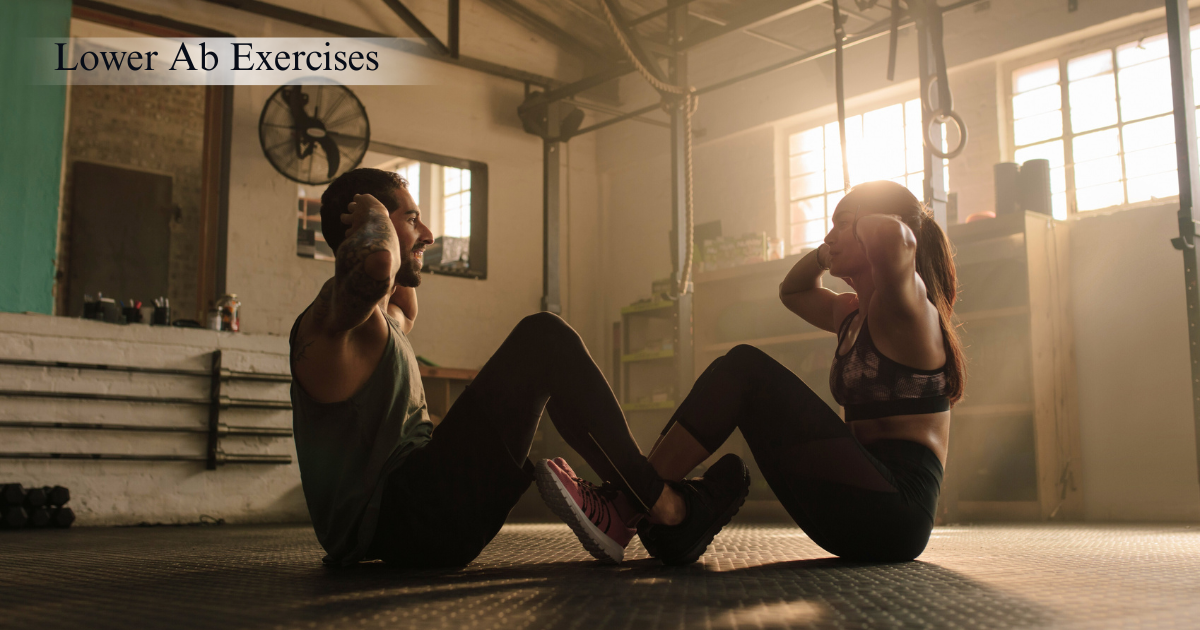
Beyond Abs: Supporting Muscle Groups & Mobility
Strong glutes, a flexible lower back, and mobile hip flexors are essential to support your lower ab workouts and prevent lower-back strain. Weak or inactive glutes often lead to overcompensation by the lumbar spine and tight hip flexors, reducing core stability and posture quality.
Include mobility work and restorative stretches like pigeon pose, kneeling hip flexor stretches, glute bridges, and modified pigeon glute stretches to improve hip flexibility, pelvis alignment, and overall movement quality. These simple drills help maintain balanced support around your lower abs, optimizing posture and functional strength while also reducing injury risk.
FAQs & Common Myths
Which exercise is best for lower abs?
Exercises like reverse crunches, lying leg raises, and hollow hold are highly effective for targeting the lower portion of your rectus abdominis and TVA.
Are lower abs the hardest to get?
Often yes—lower abs are more stubborn due to genetics and body fat levels, even though you can preferentially activate them with bottom‑up exercises.
How do you tighten your lower belly pooch?
Pair TVA activation, strength training, and a healthy diet/calorie deficit to reduce fat and tighten muscles around your lower belly pooch.
Are lower abs part of the pelvic floor?
Lower abs work closely with the pelvic floor, but they aren’t the same—they engage together during core activation drills like pelvic tilt and ab contractions for better stability.
Closing & Call‑to‑Action
You’re now equipped with a full suite of lower ab exercises, from foundational leg drops to advanced dragon flag and long lever plank moves. Be consistent with activation drills and proper form to build real strength and definition. Now, take the next step: explore our beginner‑to‑advanced core workouts and posture training guides to amplify your results. Learn how to deepen your lower ab control and improve posture—start today and feel the transformation in how you move and stand!

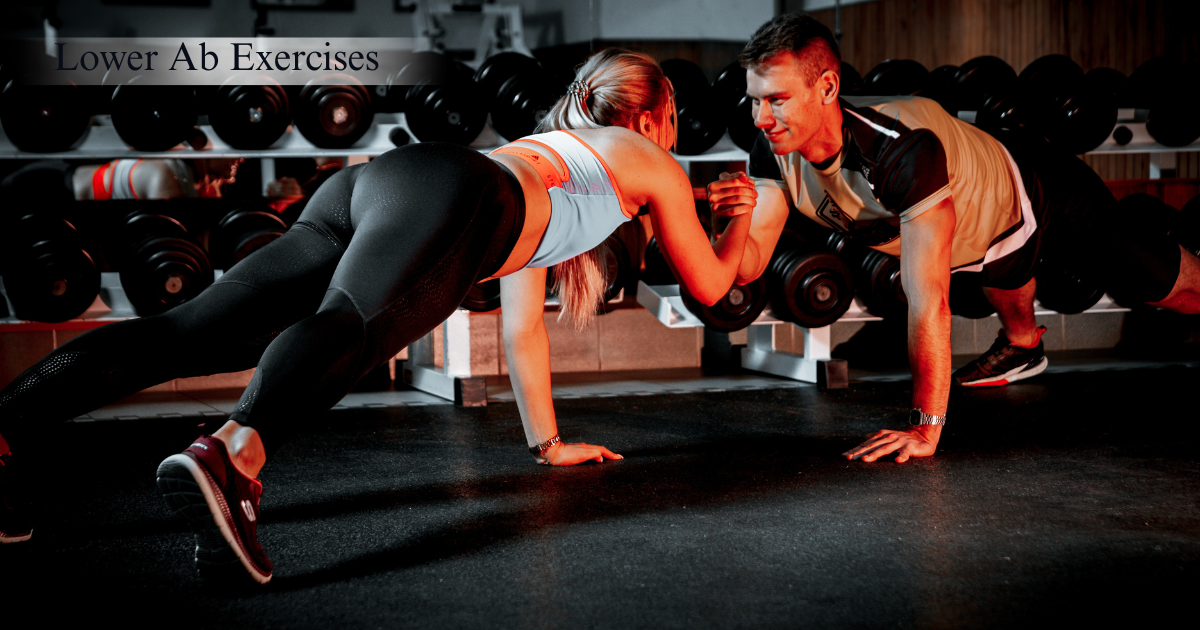












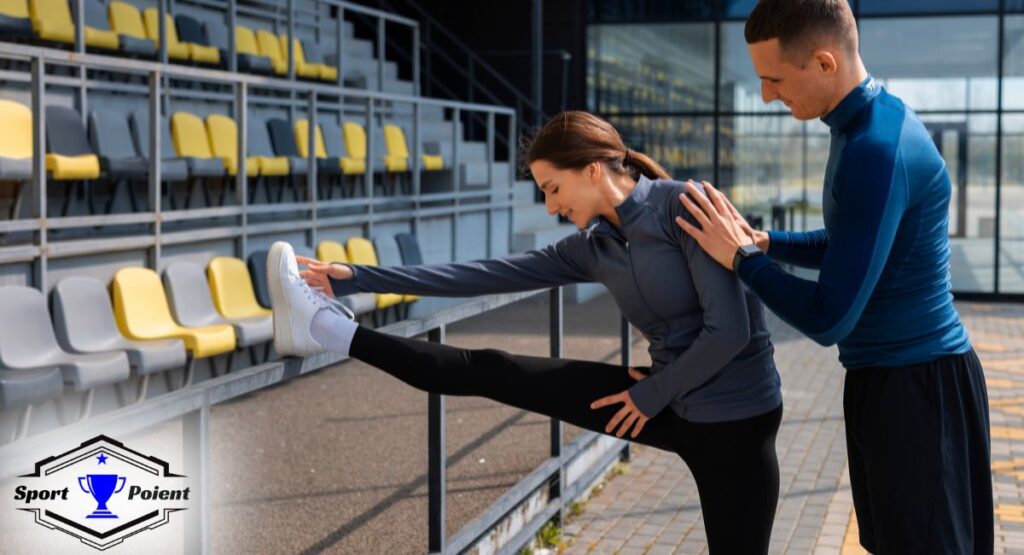

2 Responses
ree83m